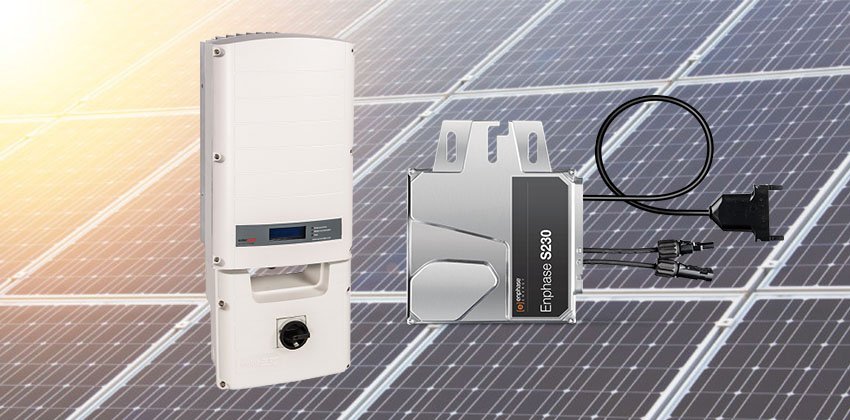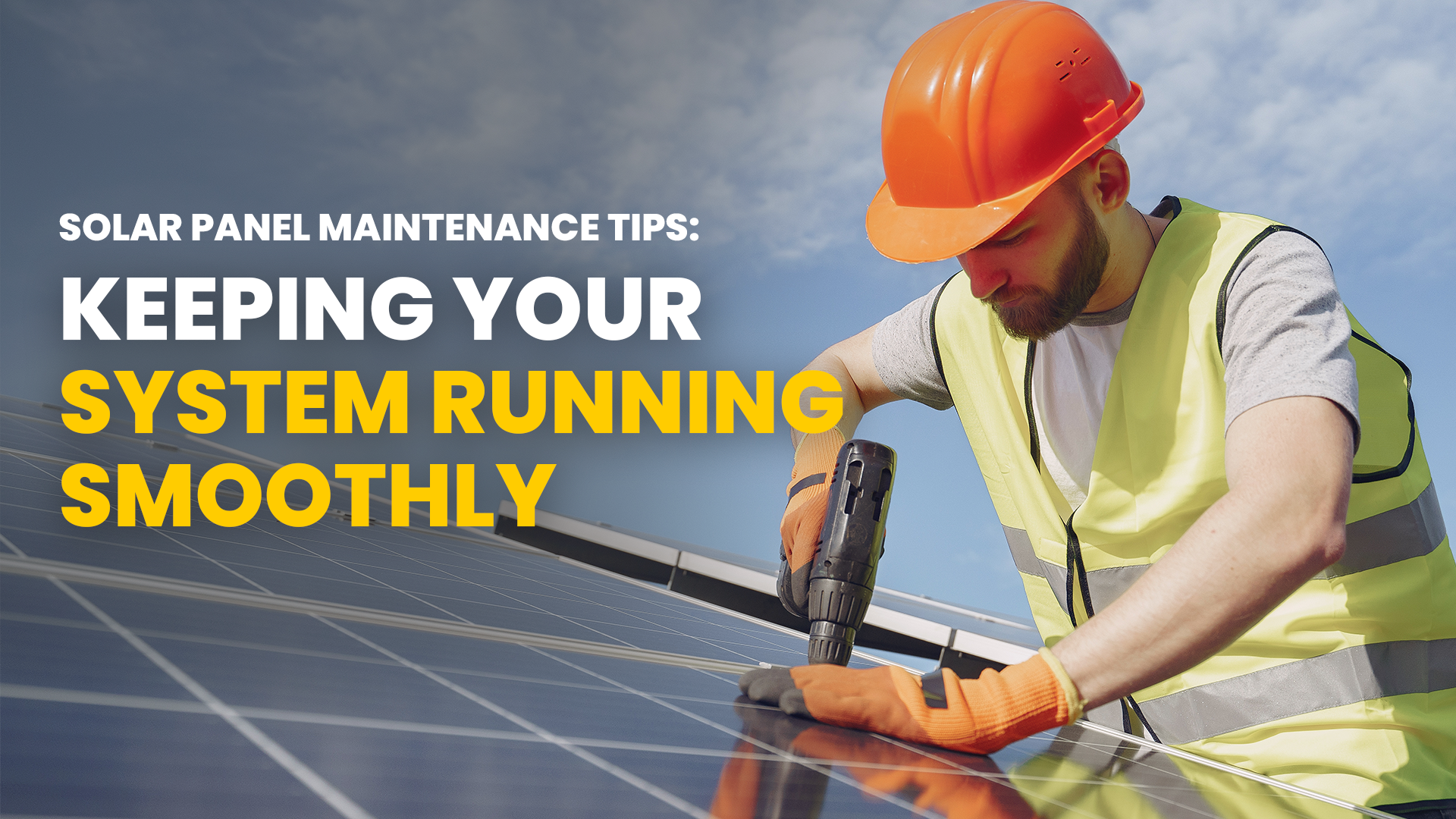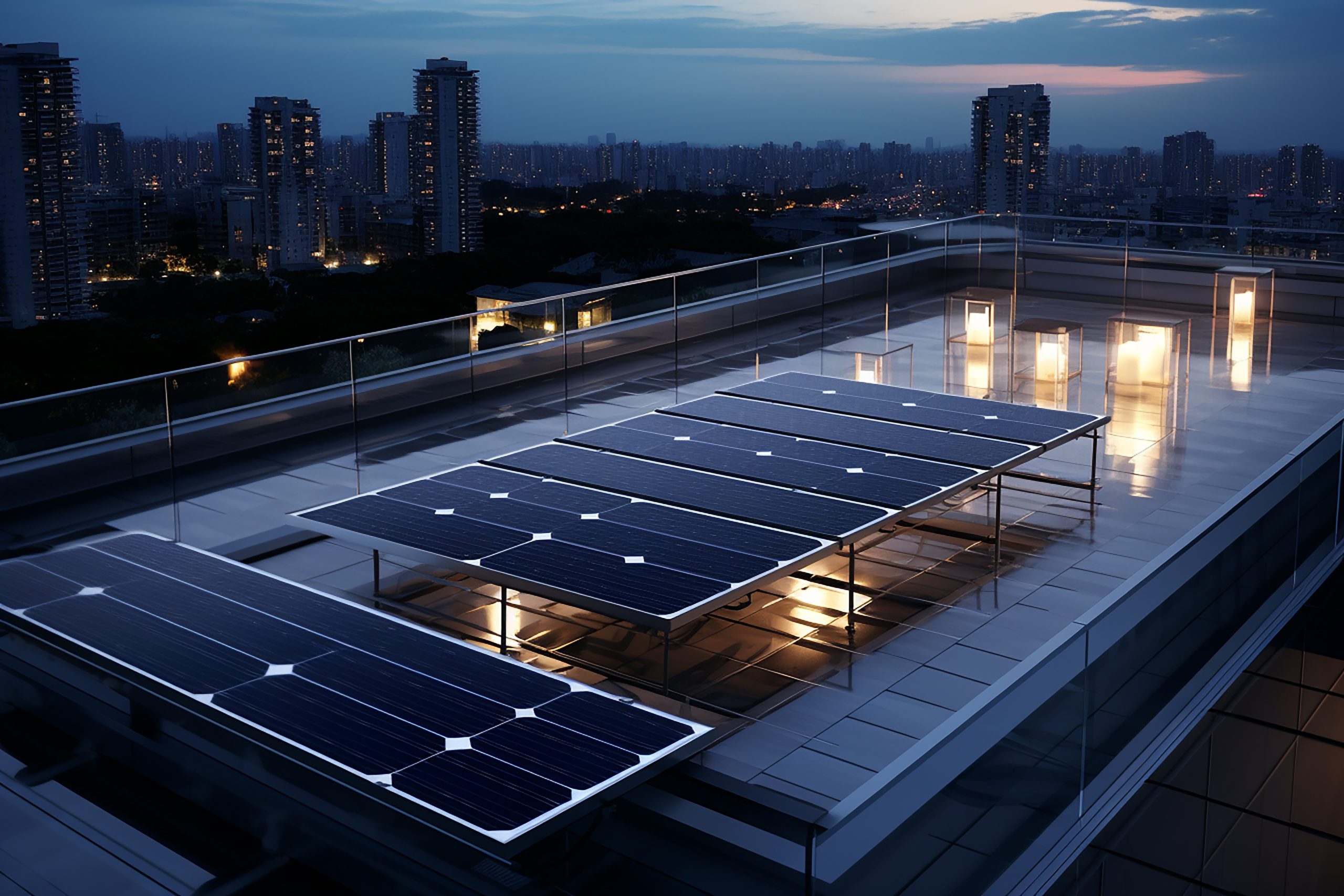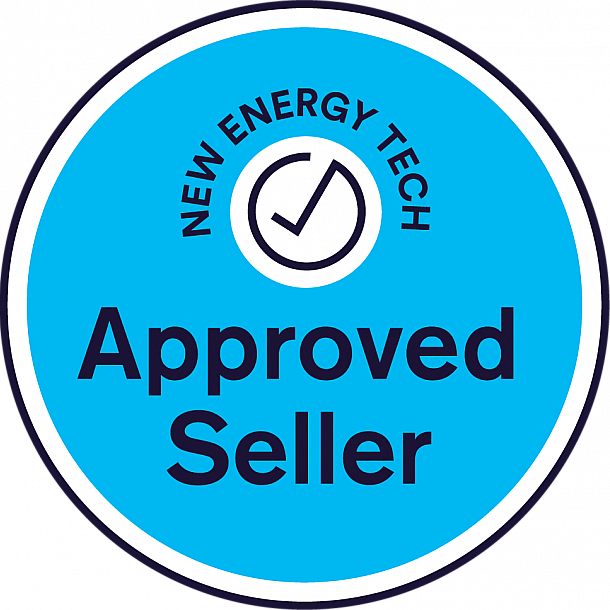Do you know what factors determine the lifespan of your home’s solar inverter? It’s a common question for many homeowners who have recently installed residential solar panels. After all, understanding the longevity of crucial components is key to making the most of your solar investment.
While solar panels have a lifespan of 25 to 30 years, solar inverters do not have the same. So, let’s explore the expected lifespan of residential solar inverters after a successful installation and what you can do to maximise their longevity.
Why Are Residential Solar Inverters Installed?
The inverter is the heart of your solar power system. It converts the DC power produced by solar panels into usable AC power. Therefore, the lifespan of your solar inverter is a crucial factor in the overall performance and efficiency of your residential solar power system.
Understanding the Factors
Several factors determine the lifespan of a residential solar inverter. Let’s break down the most important ones:
1. Quality Matters
The brand and quality of your inverter can significantly impact its lifespan. Investing in a reputable, high-quality inverter from residential solar inverter services can pay off in the long run.
2. Environmental Conditions
Extreme temperatures, humidity, and exposure to the elements can affect the lifespan of your residential solar inverter. Installing it in a shaded, well-ventilated area can help.
3. Maintenance and Care
Regular maintenance and inspections can detect and address issues early, potentially extending the lifespan of your inverter.
4. Inverter Type
The type of inverter you choose, whether it’s a string inverter, microinverter, or power optimiser, can impact its longevity.
5. Manufacturer’s Warranty
Most residential solar inverters come with manufacturer warranties that typically last 5 to 25 years, depending on the brand and model. A longer warranty often indicates the manufacturer’s confidence in the inverter’s durability.
6. Overloading and Compatibility
Overloading your inverter with more solar panels than it’s designed for can lead to a shorter lifespan. Ensuring your system is correctly sized and compatible with your inverter is crucial.
Signs Your Inverter May Need Replacing
Knowing when it’s time to replace your residential solar inverter is essential to maintaining the efficiency of your solar power system. Some signs to watch out for include:
- Frequent inverter faults or errors.
- A significant drop in energy production.
- Strange noises or overheating.
- Inverter age approaching or surpassing its expected lifespan.
How to Maximise Inverter Lifespan
To make the most of your residential solar inverter installation, consider these tips:
1. Regular Maintenance: Schedule annual check-ups with residential solar inverter services to ensure your inverter is in good working condition.
2. Keep It Clean: Keep the area around your inverter clean and free from debris to maintain proper ventilation.
3. Monitor Your System: Invest in monitoring systems that can alert you to any issues as they arise.
4. Quality Services: Choose a high-quality inverter from reputable residential solar inverter services when installing your solar system.
5. Smart Placement: Install your inverter in a shaded, well-ventilated location to protect it from extreme weather conditions.
In conclusion, while the typical lifespan of a residential solar inverter after installation falls in the range of 10 to 15 years, various factors can influence its longevity. With the proper care and maintenance, you can help ensure your inverter reaches or even exceeds its expected lifespan.
If you believe your inverter requires attention, we encourage you to explore our residential solar inverter services available in Melbourne and Brisbane, Australia. Our experienced professionals can provide the expertise and support necessary to keep your solar energy system performing at its best for years.









